This entry documents my final day of riding on a bicycle trip down the Huadong Valley in 2018. I began with a short yet eventful spin around Taitung City, the administrative capital of Taitung, and headed southwest across the alluvial plains before curving back to catch a train bound for Taipei in the afternoon. I already introduced the history, geography, and culture of Taitung City in this post from a previous visit in 2015, so I’ll focus on specific sites I visited on this particular trip.
After checking out of the hotel and wolfing down breakfast I set out to visit what remains of the cinema industry here in Taitung City. First among these relics is Tàihé Theater (泰和戲院), later renamed Hépíng Theater, and now known as the Dōnghé External Medicine Clinic (東和外科診所). Established in 1950, it reputedly had a capacity of 1,200, which might have made it the largest theater in the county. It went out of business in the late 1980s and was converted into a hospital sometime later on1. Nowadays the iconic facade, painted bone white, remains plainly visible at one of the main intersections in town.
Datong Theater (大同戲院), tucked away an in alleyway nearby, is pretty much where my theater project began. I found it entirely by accident on my previous trip to Taitung City and it set into motion this peculiar hobby I still practice years later. This is my last photograph of the final vintage theater operating in all of Taitung—since then it has been completely demolished, despite efforts to preserve at least the front part of the building.
The last inner city theater on my list is also Taitung’s oldest: New World Theater (新世界戲院), later renamed Xīnxīng Theater (新興戲院), with a reported capacity of 1,000. It was established in the Japanese colonial era, although nobody seems to know exactly when, and it doubled as a hospital during the war, when Americans dropped bombs all over Taiwan. In the post-war era it prospered as a multi-use entertainment venue, hosting traditional Taiwanese opera and puppet shows alongside film screenings.
In the 1980s Xinxing Theater adapted to changing consumer demand and became a venue notorious for more risqué forms of live entertainment2. After it went out of business, possibly in the early 2000s, it was slated for redevelopment, but there is some disagreement about land ownership, and its fate remains in limbo. Sometime after 2010 the front of theater was encased in sheet metal, obscuring the ticket booth and original sign, as the structure has fallen into deep disrepair3. Several historic photographs are displayed along the side of the building to provide some context for anyone curious about this old ruin.
One of the more unusual features of the urban landscape of Taitung City is the White House (白色陋屋)4, a former coastline sentry post5 converted into a ramshackle home by Lǐ Wénchāng (李文昌), a KMT veteran originally stationed there. Mr. Li was born in Guangxi Province in 1928 and arrived in Taiwan in the tumultuous years following the resumption of the Chinese Civil War. Initially based in Tainan, he was assigned to Taitung in 1966, where he soon married and fathered six children. The guard post forming the foundation of the White House was abolished sometime in the 1970s—and Mr. Li spent the next 40 years scavenging materials to continually expand it by hand, ostensibly to bequeath to his children some day.
Mr. Li’s home began to attract considerable attention in the mid-2010s, around when the old fertilizer factory adjacent to his property was torn down. It became popular on social media, particularly Instagram, and news reports and human interest stories soon followed6. Sadly, Mr. Li passed away in 2017, and none of his offspring returned to claim the house he built for them with his own hands. I am not aware of any plan to preserve the building, and even a year later it was already showing considerable wear and tear due to neglect and the yearly bombardment of typhoons. I would not expect it to remain standing for long.
I cruised out to the coastline at Taitung Seaside Park (台東海濱公園) to capture a few photos before heading out of town. Here I found the Taitung Tree of Life (台東生命之樹), an enormous work of public art erected in 2016 and accessible from a curved boardwalk. There isn’t too much to see out here—the beach is long and desolate, mostly covered with stones, and with no place to avoid the tropical sun. Taitung City also has no harbour at its waterfront—back in the day goods were ferried to shore with small boats.
Heading west across the city I couldn’t help but notice the rundown state of the Taitung County Swimming Pool (台東縣立游泳池), a typical example of KMT authoritarian era civic infrastructure built in 1984. Initially I assumed it might have been abandoned, but a closer look at a sign out front suggested it might only open during the summer. It was demolished in 2021 to make way for a new county library7.
My last stop on the way out of town was the former Taitung Shinto Shrine 台東神社, now the Taitung Martyrs’ Shrine (台東鯉魚山忠烈祠). I wrote more about this site in my previous post about Taitung City but neglected to get some good photos of the stone lantern bases—so here they are, looking very much like a bunch of Lego blocks thanks to that garish paint job.
Exiting the city to the southwest I cruised across the plains to the former Xù (or Asahi) Immigrant Village (旭移民村), privately established by the Taitung Sugar Factory (台東糖廠) in 1917 to provide housing for ethnic Japanese sugarcane farmers8. It does not seem as if this particular immigrant village grew very large—at its peak, it was likely home to fewer than 100 households9. As with other immigrant villages it was depopulated not long after the handover to the KMT, almost certainly by spring of 1946.
I made a brief stop at Fèngshùn Temple (奉順宮), the former site of the Asahi Shinto Shrine 旭村社, but all that remains is a lone stone lantern. A closer look at the temple revealed a rare mythical beast by the name of Lù Shǔ (鹿蜀), not a normal sight in Taiwanese temples. It is typically described as a horse with a white head, tiger stripes, a flowing red tail, and a beautiful singing voice. Obviously its manifestation here takes some creative liberties with this description.
Eight kilometers further west I entered the primarily Indigenous settlement of Zhīběn (知本), home to the Katipul group (卡地布部落) of the Puyuma people (卑南族). I was here to visit two theaters in this small town, both of which were constructed in the late 1960s to cater to the thousands of KMT veterans who emigrated here to work on state-sponsored land reclamation and agriculture projects. Each theater deserves its own post, so I encourage you to take a moment to check out Jinxing Theater (金星大戲院) and Dongxing Theater (東興大戲院) before moving on.
Rainclouds gathered as I headed north from Zhiben toward Taromak (達魯瑪克), the easternmost settlement of the Rukai people (魯凱族), who mostly reside in modern-day Pingtung. I was intent on locating the ruins of the Dànán Shinto Shrine (大南社), established in the twilight of the Japanese colonial era in 1943, but was ultimately unsuccessful. I contented myself with some quick snapshots of road signs10 and forged on to the next destination.
Following the curve of the foothills at the edge of the alluvial plains I made my way to Likavung, or Lìjiā (利嘉), another important Puyuma village11. Here, with some assistance from local residents, I was able to locate the remains of the Lijia Shinto Shrine (呂家祠 in the original Japanese), also constructed in 1943. Only the concrete pedestal remains, but I felt a sense of accomplishment in finding it, since I hadn’t been able to pinpoint the location in advance research.
Several murals caught my eye on the way out of Likavung. These, I have learned, are the work of Puyuma artist and musician Ushiw Pakaruku, or Yáng Mùrén (楊慕仁), who works out of a studio in the Taitung Sugar Factory12. The first mural depicts what I would assume is the millet harvest, although it might also have something to do with the Puyuma legend of the origin of millet in their culture13. The second mural shows the Puyuma meeting an expedition of the Dutch East India Company (VOC), likely in 1637 or 1638. The Dutch were interested in rumors of gold in the mountains of Taitung and negotiated mining rights with the Puyuma, an alliance that lasted until VOC representative Maarten Wesseling was killed in 1641, probably not far from where this mural is found today. A punitive mission followed in 1642, and from what I’ve read, the Dutch never did find any gold around here before they were expelled by Koxinga two decades later14.
I exited Likavung and headed east along Provincial Highway 9, making few stops on my way to the train station; it seemed certain to rain and I was disinclined to end this trip in a downpour. One last site deserves some explication, however, and that would be an example of Indigenous Puyuma architecture I noticed along the roadside in the village of Lanown, or Nánwáng (南王). From what I’ve read this is almost certainly a dakuvan (少年會所), typically translated as “juvenile assembly hall” or “youth club”, which boys enter around the age of 12 or 13 to undergo years of training to become adults. In traditional Puyuma societies boys would only move out of the dakuvan after getting married, but I would imagine things are very different these days.
Not long after leaving Lanown behind I arrived at Taitung Station (台東車站). Here I purchased a ticket, did my best to clean up after another sweaty day of riding, and concluded nearly a week of riding down the Huadong Valley of eastern Taiwan, probably around 250 kilometers in all.
This final report brings the entire series to approximately 26,000 words and nearly 300 photos. Given the amount of effort required to properly research and describe every point of interest I found along the way it may be quite some time before I publish another series like this one—but I am very grateful for how much I learned along the way. Thanks for reading, and I hope you enjoyed reading about the many natural wonders, historical sites, and cultural features of eastern Taiwan I documented on this epic bicycle trip!
- Business records indicate Taihe Theater was renamed in 1966. Some additional details were gleaned from this blog entry, which sadly features a bunch of broken images. ↩
- Here I refer to what is euphemistically known as niúròuchǎng (牛肉場), literally “beef market”, essentially a Taiwanese form of burlesque involving singing, dancing, comedy, and yes—the baring of flesh. I go into additional detail about this custom in this article. ↩
- As recently as 2010 the front part of the theater was still visible from the street. This gallery of photos on Flickr and this blog entry provide additional information about the state of the structure at that time. ↩
- It might be more accurate to translate this as the White Hovel, or perhaps the White Shanty House. On Wikipedia it is listed, in English, as the Moving Castle, a reference to Howl’s Moving Castle. This post goes into great detail exploring the varying nomenclature used to describe this dwelling. ↩
- During the Martial Law period access to Taiwan’s coastline was strictly controlled by military personnel to inhibit infiltration by spies and saboteurs. ↩
- This in-depth article in Commonwealth Magazine is the canonical reference for Chinese language journalism about the White House. English language reporting has typically been very limited and of low quality; see, for example, this article from the Taipei Times. ↩
- This news article provides more details about the swimming pool’s ultimate fate. ↩
- For more about Japanese immigrant villages in eastern Taiwan please consult two previous posts in this series here and here. ↩
- This post suggests a census of no more than 300 in the small number of immigrant villages scattered across the plains outside of Taitung City proper. ↩
- The sign prohibiting smoking, chewing betel nut, and drinking alcohol is mostly in Chinese but also features a romanized Rukai word, matheriri or mathariri, which means “good” or “pretty”. The meaning: keep our country roads beautiful! ↩
- As with most Indigenous place names Likavung has many variations, for example Nickabon and Rikavon. ↩
- For more insight into the artist consult these features here and here. More information about the Taitung Sugar Factory can be found here. ↩
- This post has more information about Puyuma millet myths in Chinese. This video also has a short summary in English that might give you the general idea. ↩
- Some of these details were gleaned from Peter Kang’s article The VOC and the Geopolitics of Southern Formosa: The Case of Lonckjouw in the Journal of Social Sciences and Philosophy, 2018. ↩
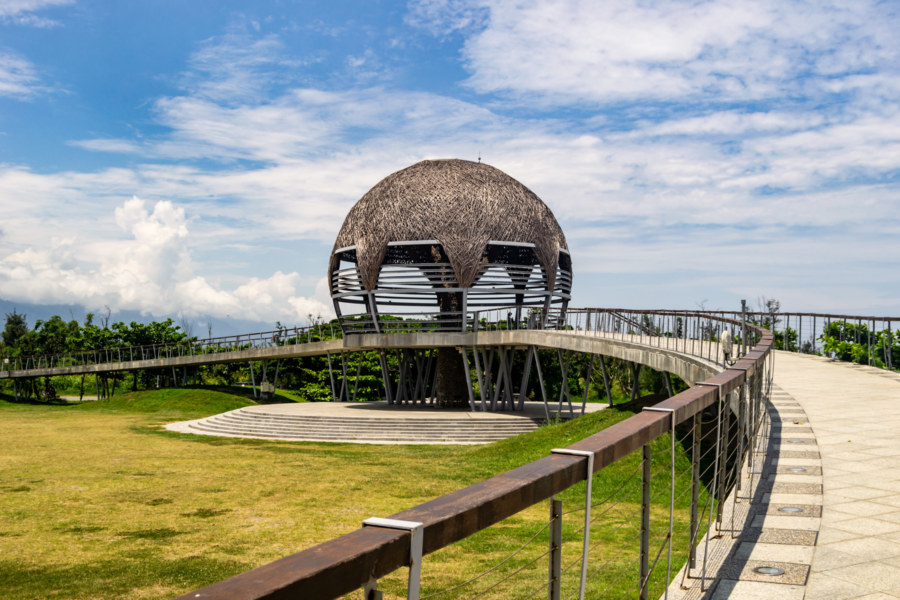
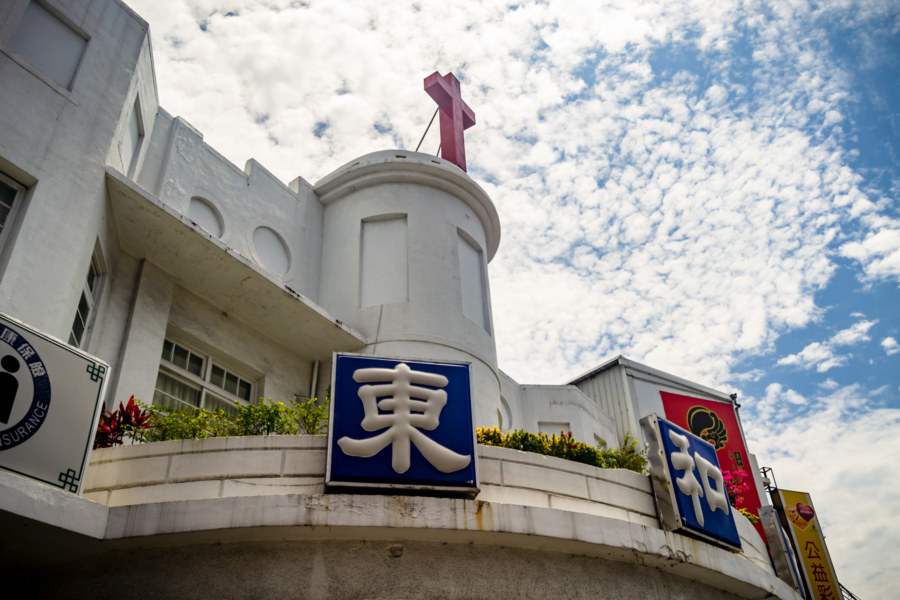
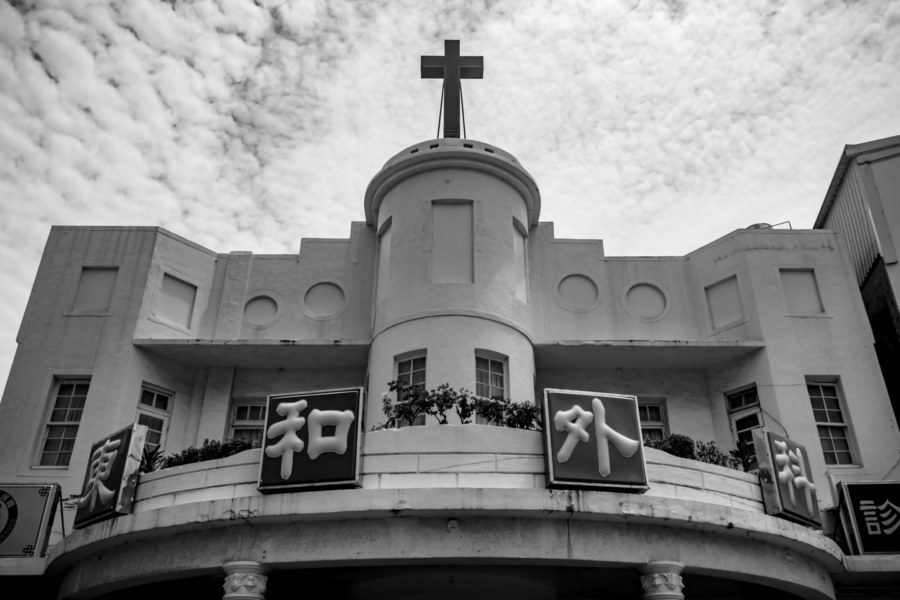
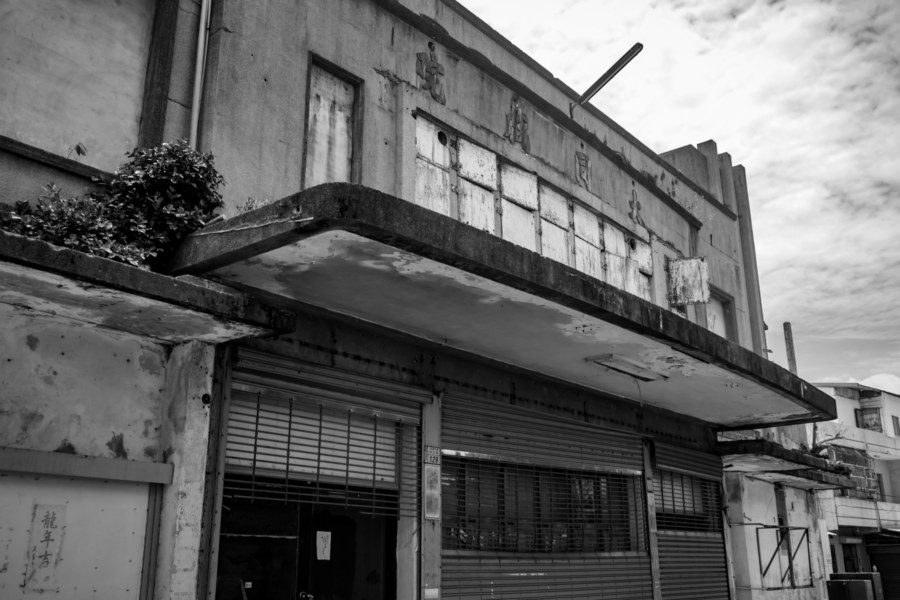
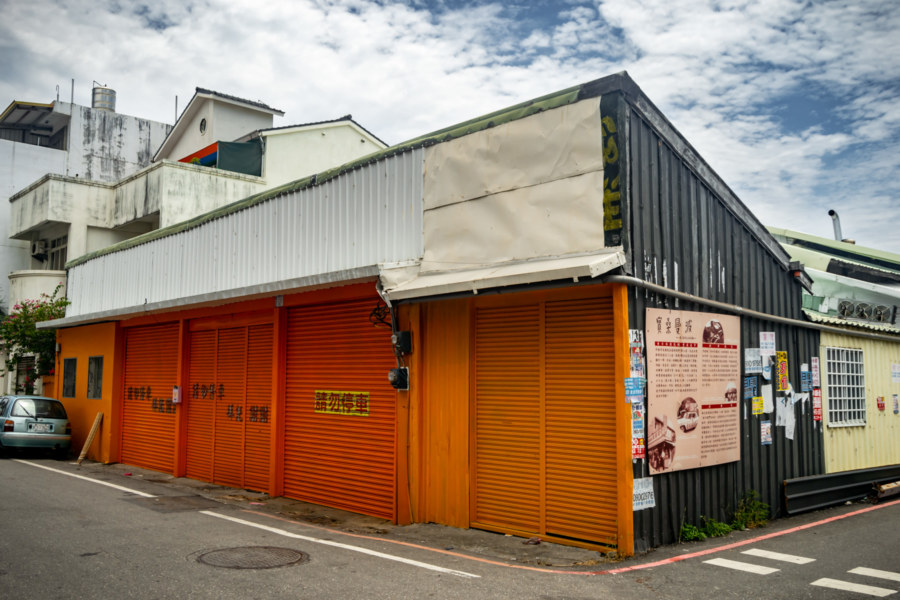
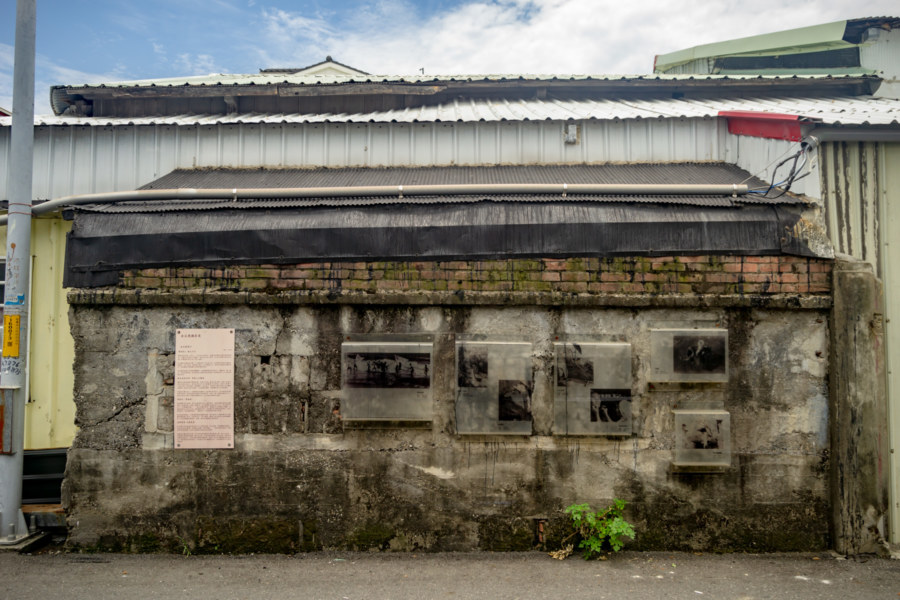
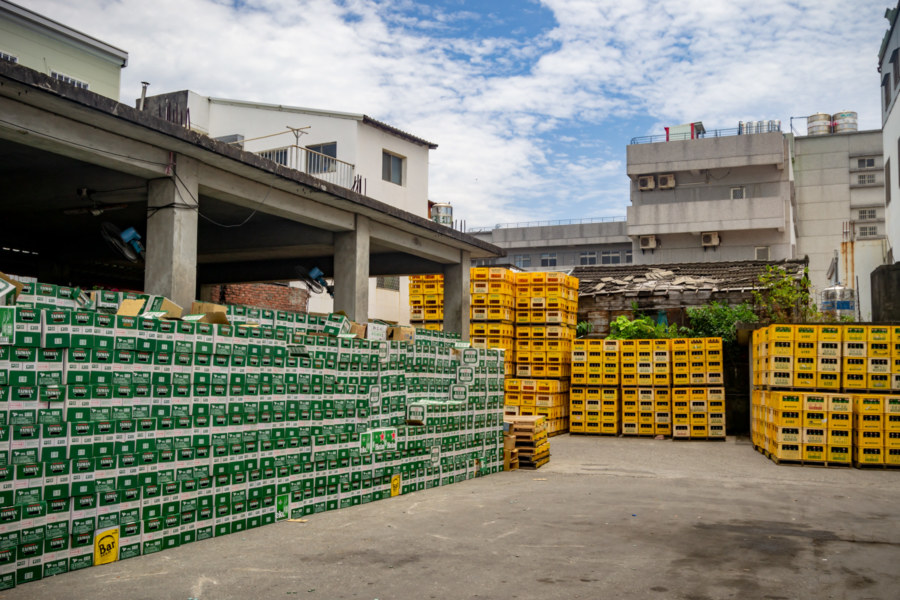
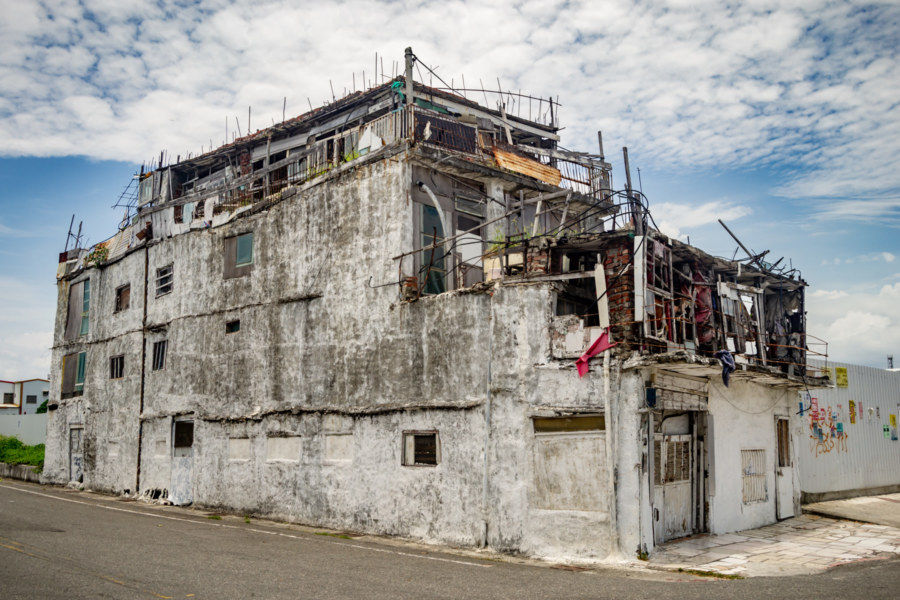
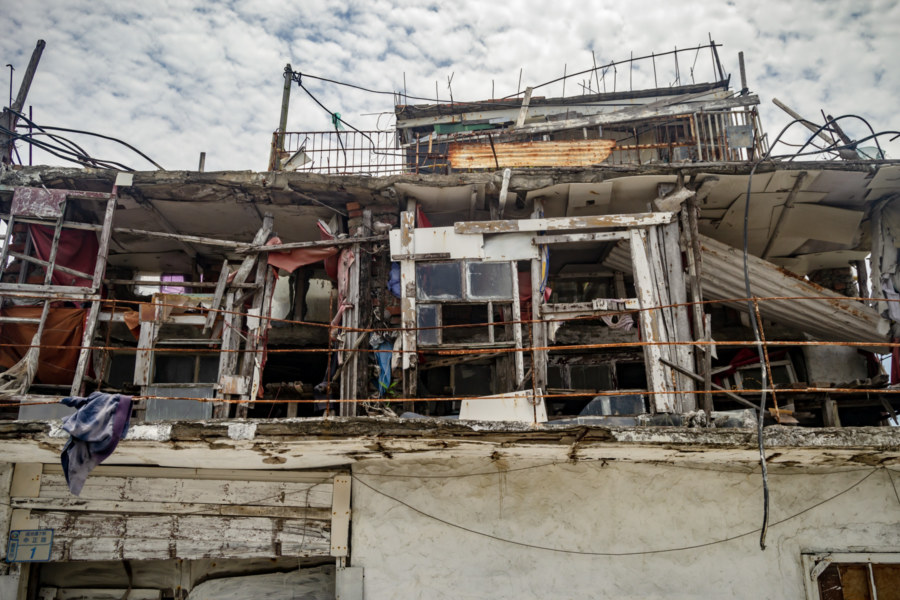
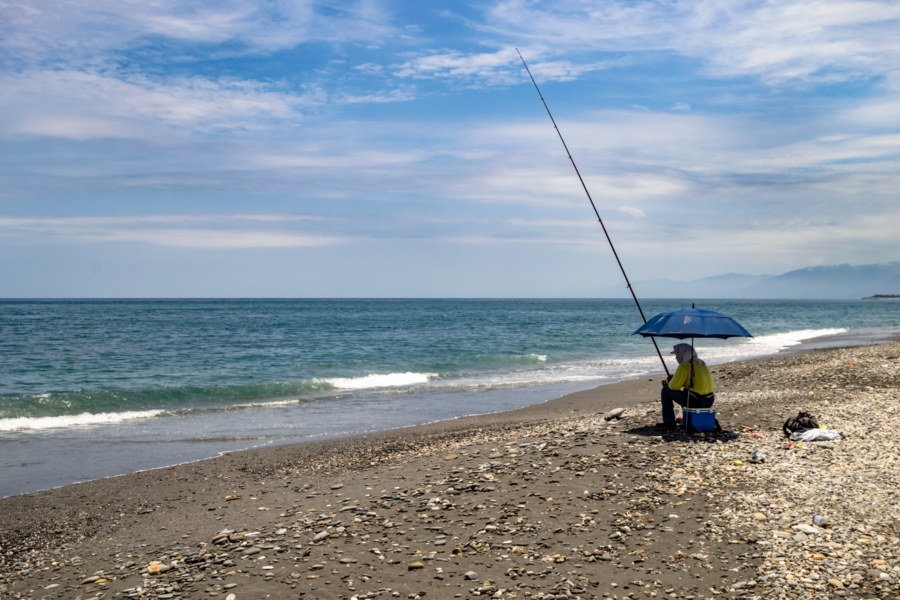
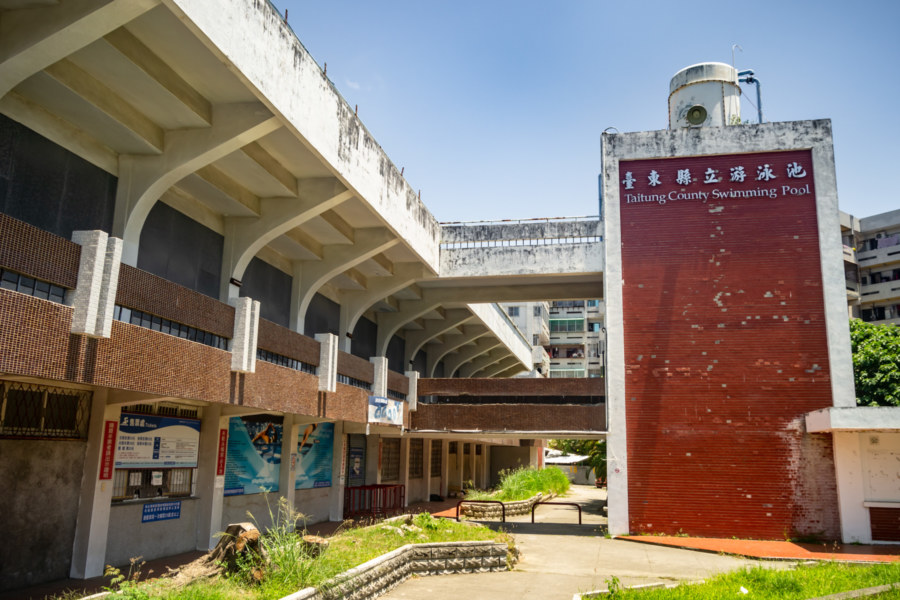
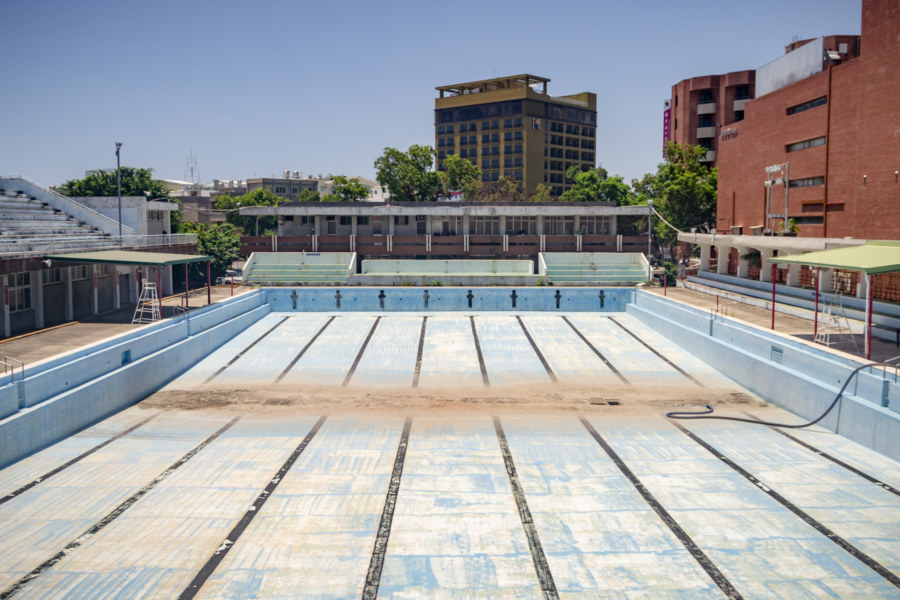
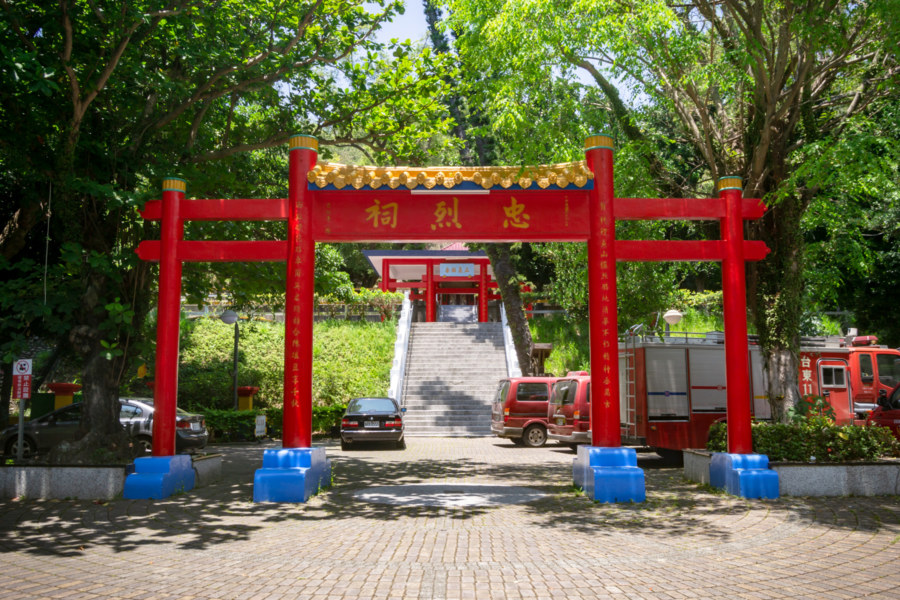
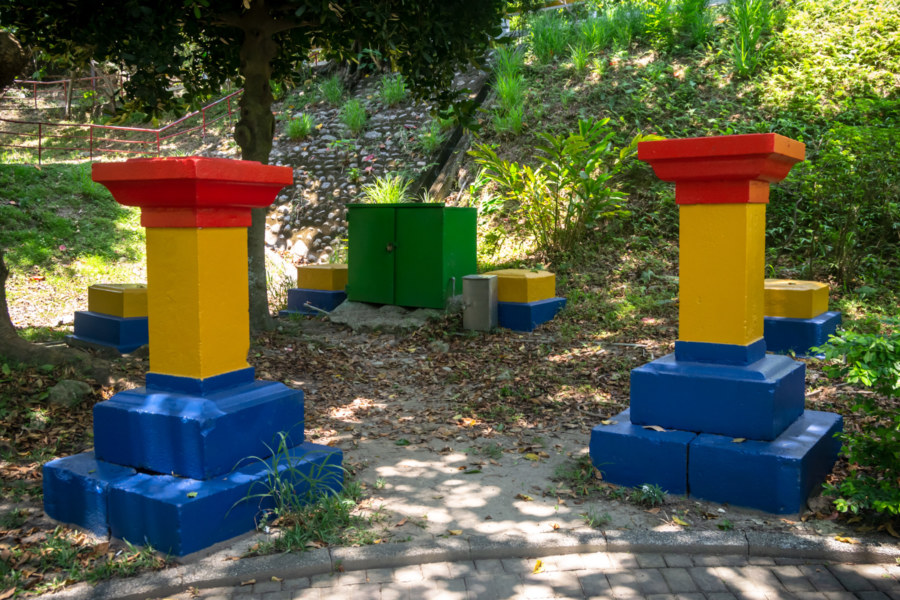
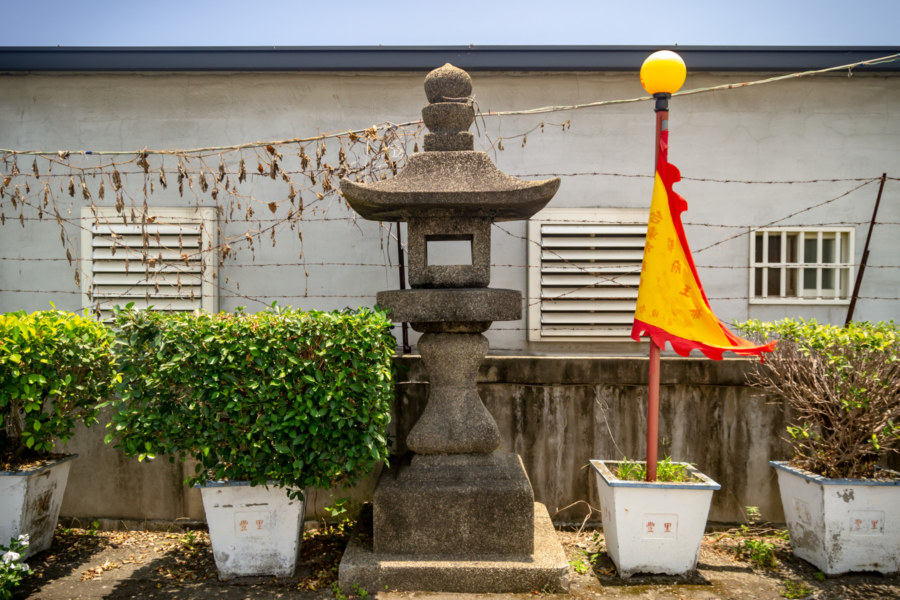
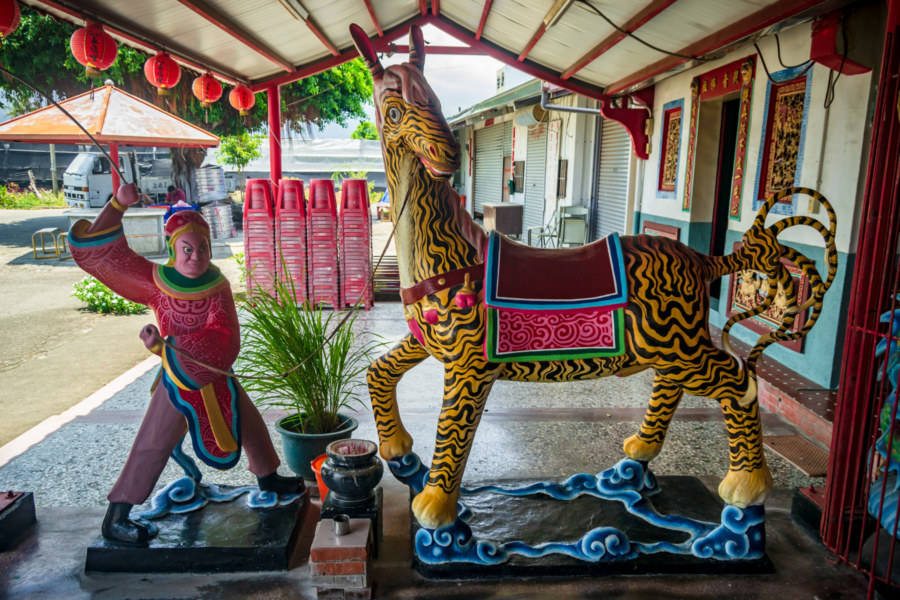
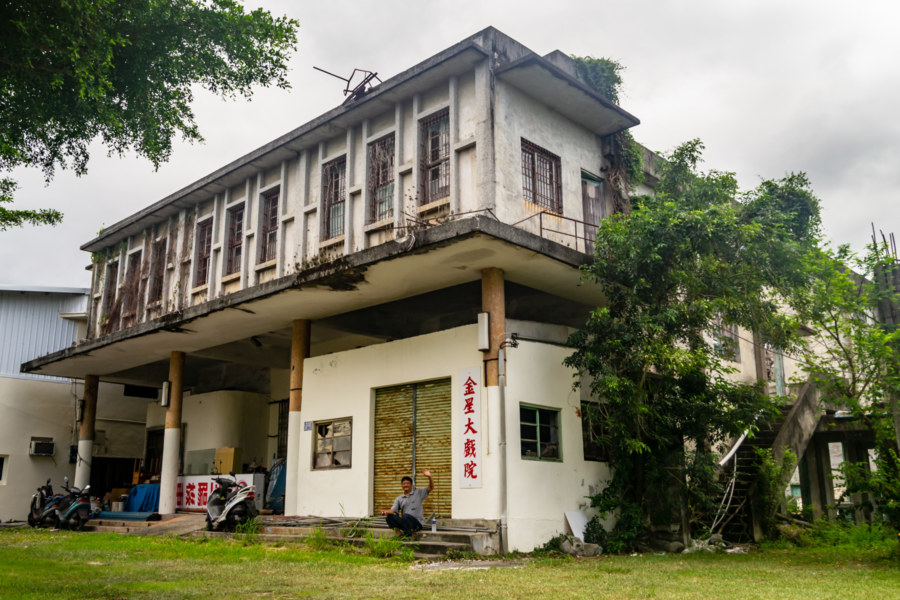
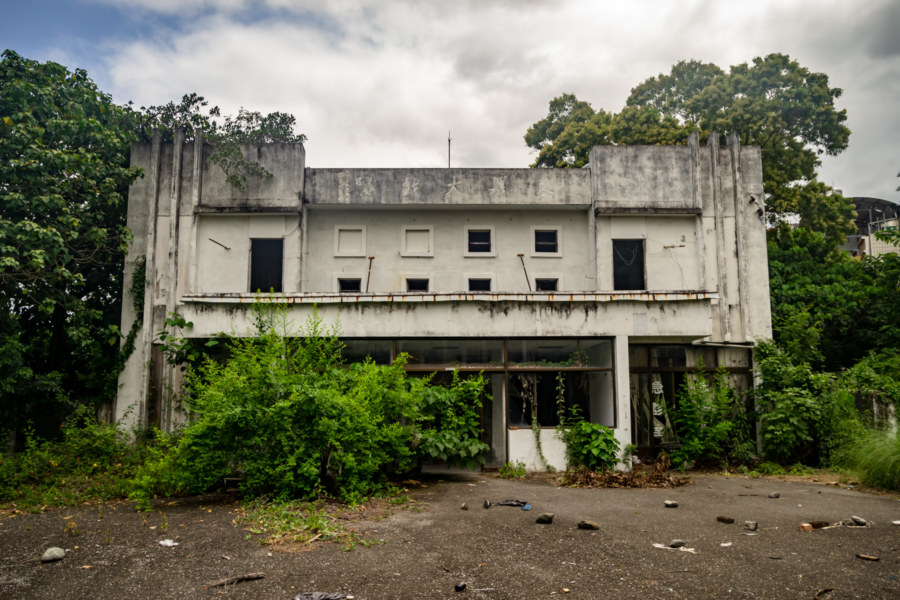
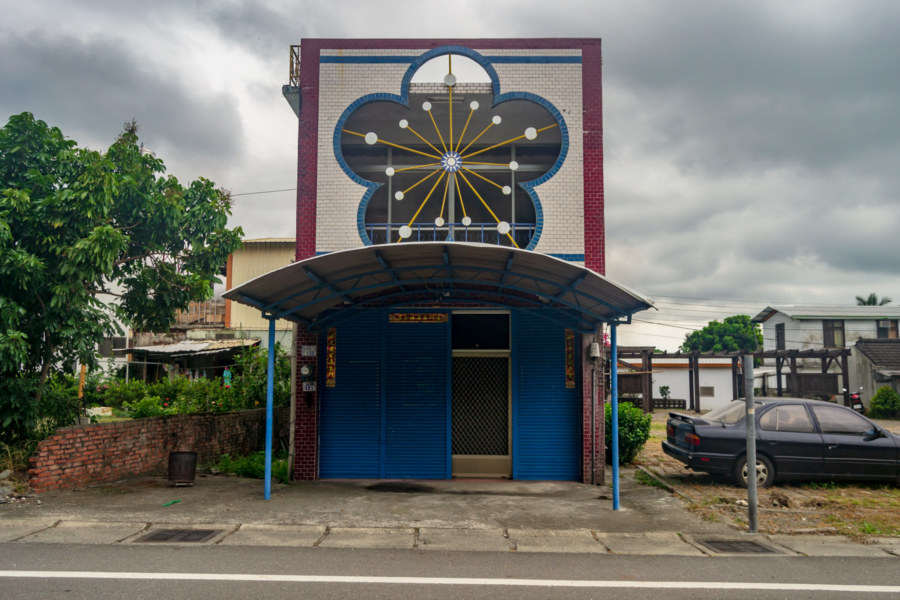
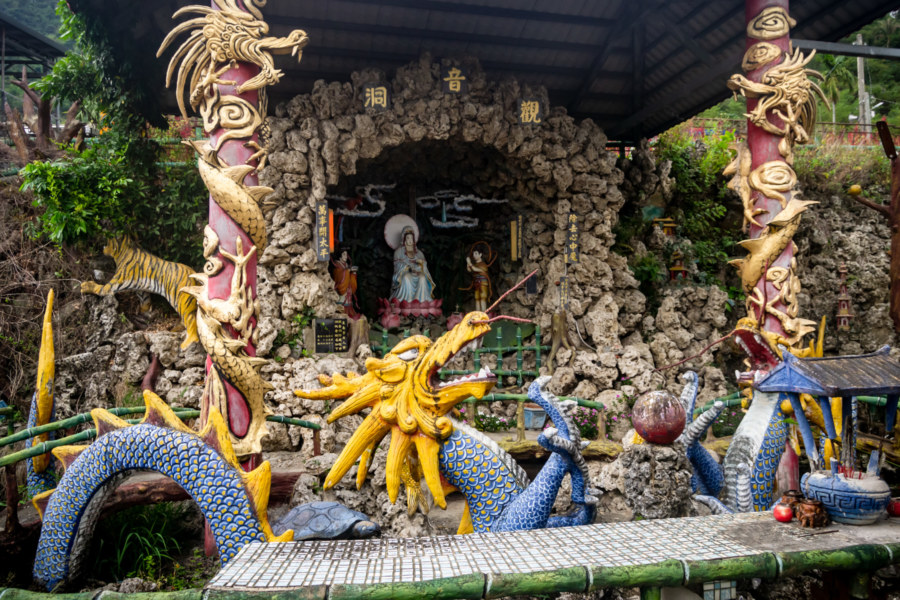
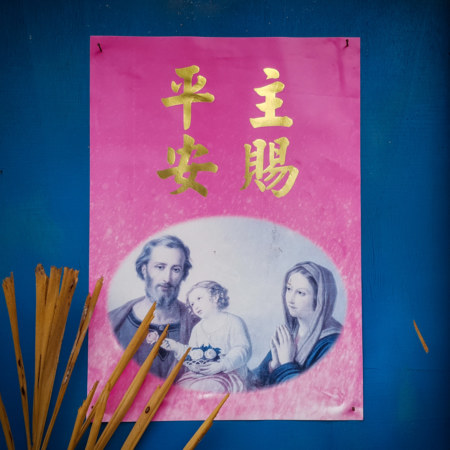
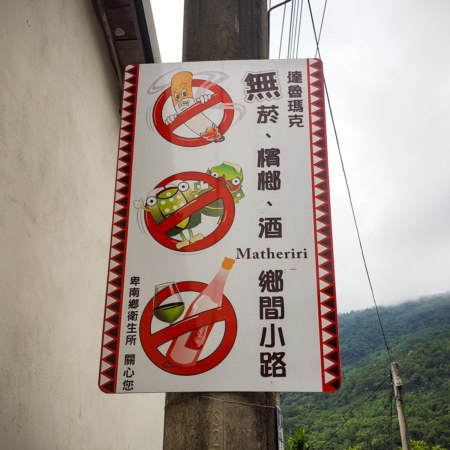
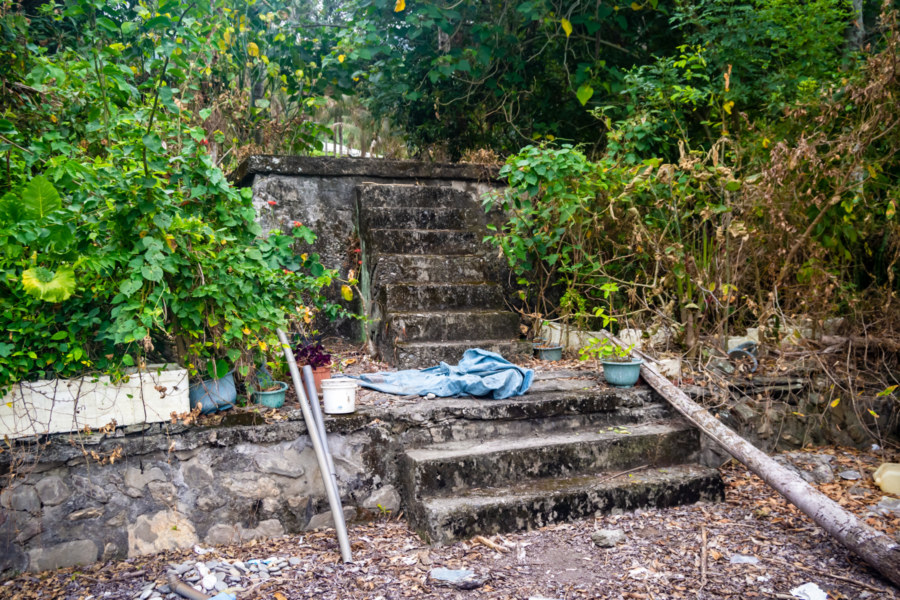
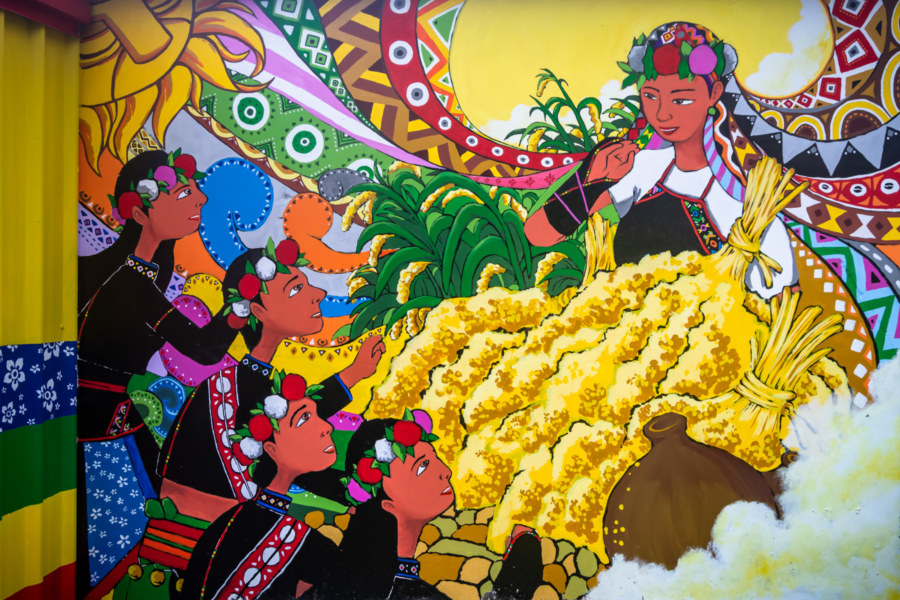
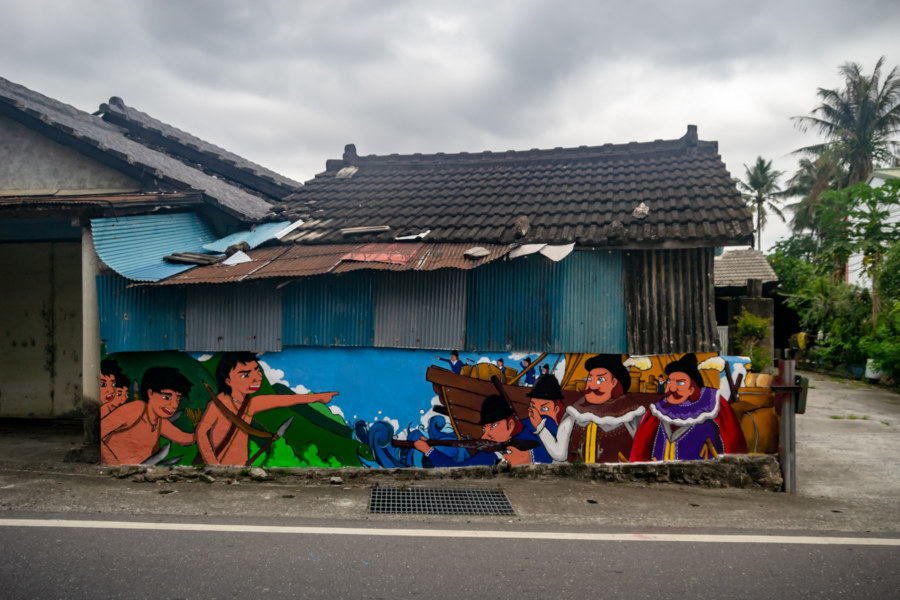
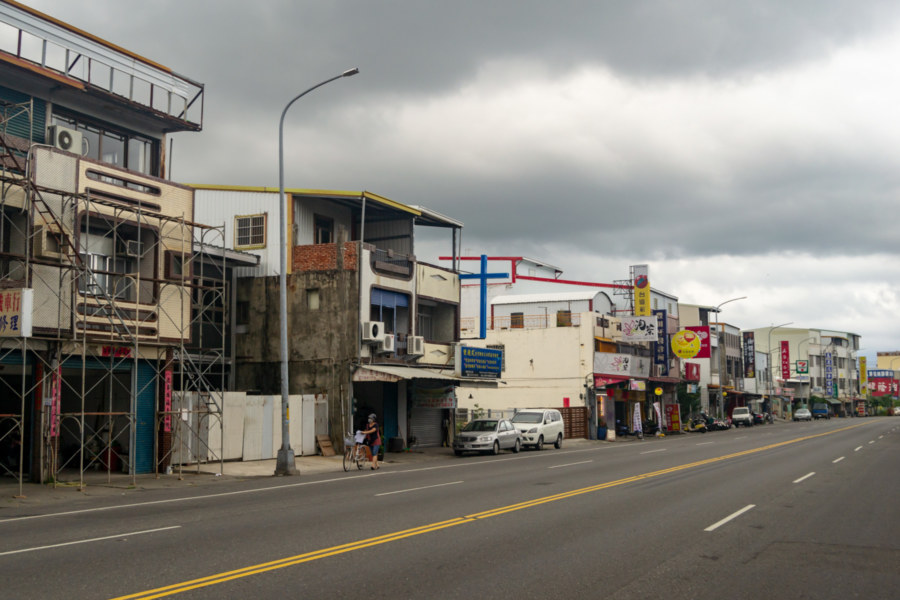
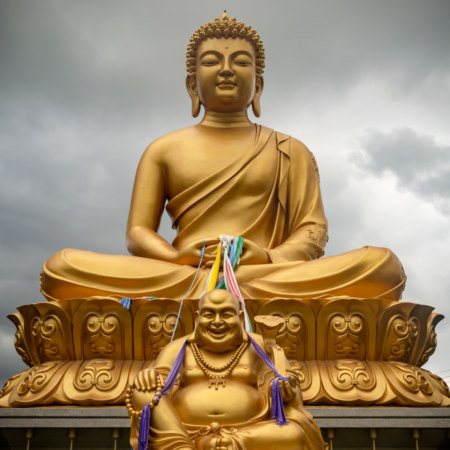
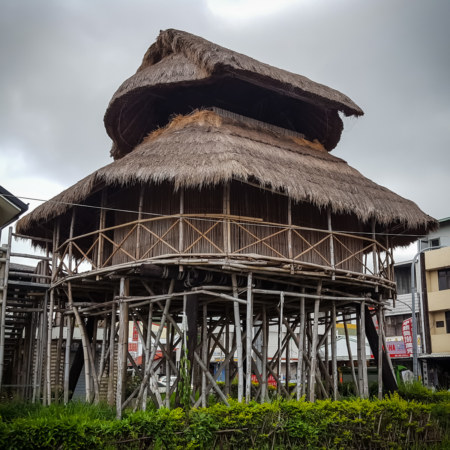
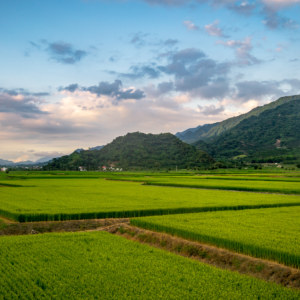
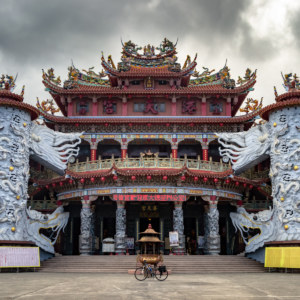
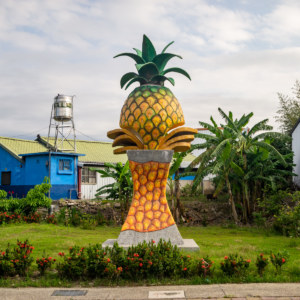
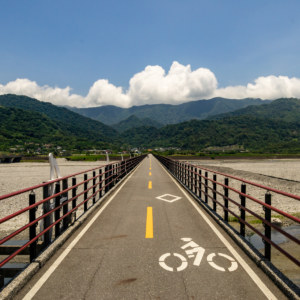
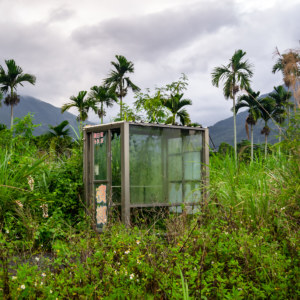
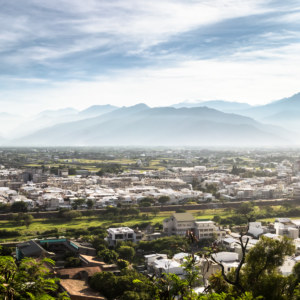
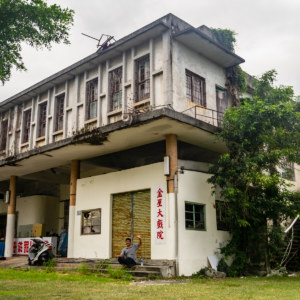
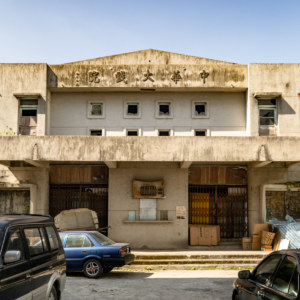
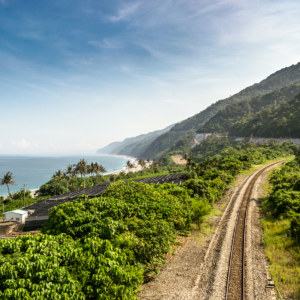
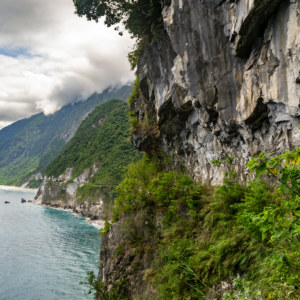
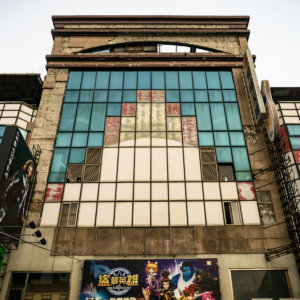
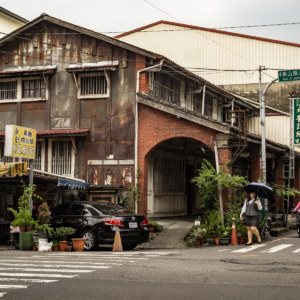
Write a Comment